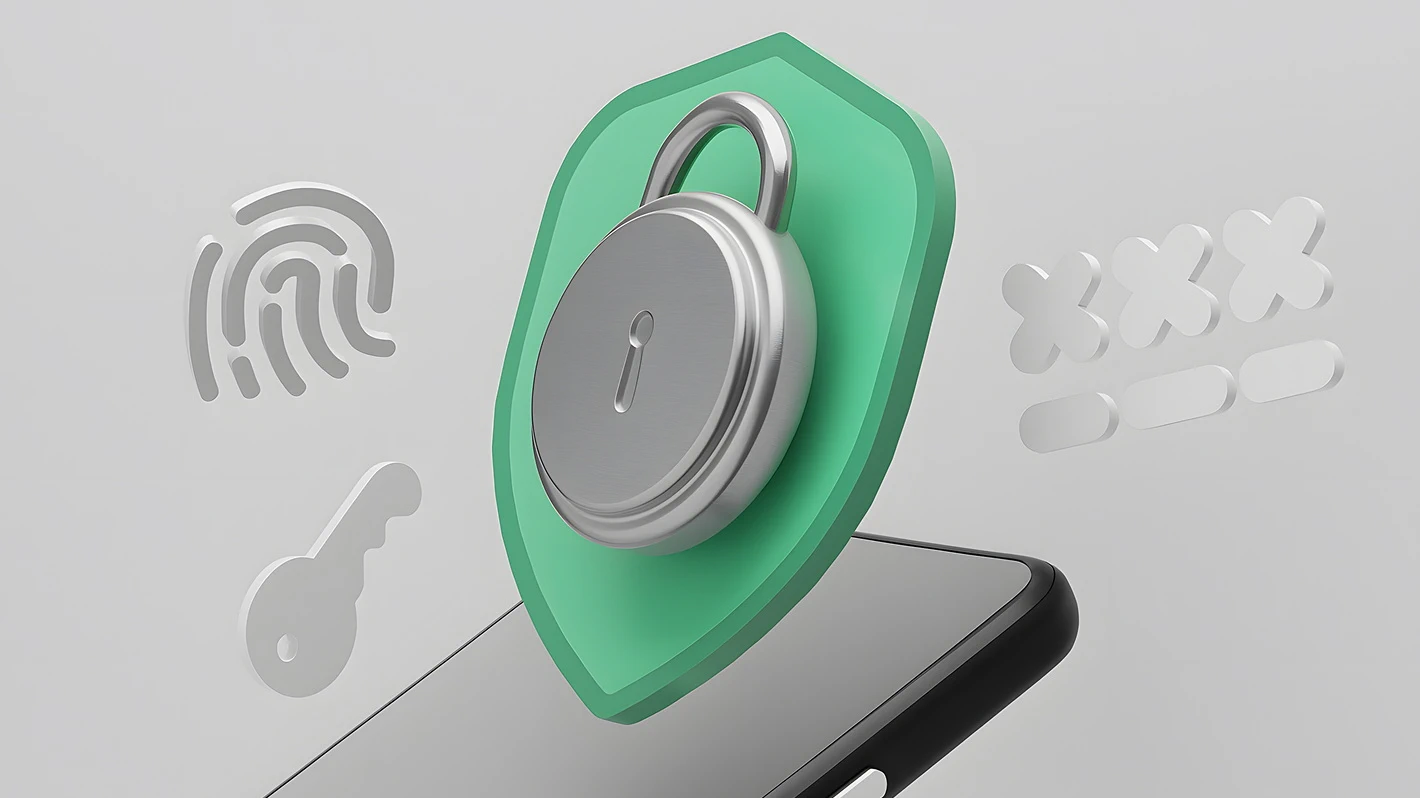In the digital era, where so many aspects of life have an online component, companies that can track what their customers are up to have a huge advantage. For gaming studios, the potential is endless: specific metrics can track customer engagement and, in doing so, tell the studio what’s working and what’s not.
Gaming studios can gain even more momentum by using metrics to inform customer service strategies and offering top-quality support. With this approach, gaming studios can elevate customer engagement and ultimately boost success and profitability.
What Metrics Should Gaming Studios Track?
While there are many metrics that your studio can track, a few key components can give gaming studios the perfect picture of customers’ habits and activities. These metrics can provide essential insights that allow you to ensure your game is tailormade for the needs and habits of your users.
Retention Rate
With all of the games and apps competing for users’ attention, it’s helpful to know if you’re keeping users after they start playing your game. Retention rate is a measurement that identifies whether users keep coming back or if they get lost in the world of other offerings and bid your game farewell. It tracks the number of users that are still playing the game after a certain period of time has elapsed since their first use of the game and helps determine the size of your audience.
Cohort Retention
Your audience can be divided up into cohorts based on different age groups, locations, interests, or other factors. By tracking user engagement within each cohort, you get better insight into whether different segments in the market continue playing after their initial experience with your game.
Session Length
The ultimate goal for any gaming studio is to create games that people play for hours on end. The session length metric measures the extent to which this is happening. It tracks the time between opening the app and then closing it or not actively using it. This information tells you if users are losing interest after a short spell of playing, and it is thus a fundamental metric that answers the question of whether the app is successful or not.
Number of Sessions Per User
This metric calculates the number of sessions a user completes in a particular period of time. It sheds light on how often they are coming back for more, and in doing so, it can help developers figure out strategies to make sure users play regularly and come back as often as possible.
Time in App
Similar to session length, the time in-app metric hones into a specific period of time. For example, you may analyze time in-app for a single day. Specifically, this app tells you how much screen time the user had on the app during a 24 or 12-hour period. It sheds light on user behavior in terms of their lifestyle, answering, for example, the question of whether the user is coming back each day and playing for a substantial amount of time.
Monthly Active Users
The monthly active users’ metric looks at how many users have opened the app at least once in a single month. It is a limited metric, but when used in conjunction with the other metrics above, it can shed significant light on user engagement trends.
Stickiness Rate
You can calculate your stickiness rate by dividing the daily active users by the monthly active users. It will tell you what percentage of your user base is regular.
Session Interval
The session interval metric tells you how much time transpires between a user’s first session and the next session. It sheds light on whether users were drawn back to the game soon after using it. If the interval between sessions is long, people are more likely to forget about your game and/or switch their attention to another game they find more compelling.
How Customer Support Can Help Gaming Studios Improve Customer Engagement Metrics
Gaming is such a fun and immersive experience that it’s easy to forget that behind that experience is a very complex piece of software. Like any other software, it is constantly undergoing evolution. That means users will sometimes need customer support to help with new features, glitches, or even signing up if something is confusing them. Because the gaming community is strong and crosses all sorts of geographical boundaries, users often turn to forums for support. However, this is not always optimal.
The more control a studio has over customer support, the more it can tailor solutions and use customer insights to improve the experience. However, studios often lack the resources to keep it in-house, and that’s where outsourcing customer support to a reliable partner comes in.
The key to this is finding a partner that offers immediate and high-quality frontline support in this highly competitive industry. Such a partner will understand the importance of having a strong connection with users and how to help create the most positive product experience possible. That approach helps retain users in an industry that is constantly seeing new apps developed and in which quality in design and service are a must.
Getting it Right
For gaming studios to stay ahead of the competition, they need to make sure they’re tracking their metrics every step of the way. Without this data, the game can simply vanish into the void. At the same time, having those metrics alone is not enough. The most successful apps are the ones where excellent customer support is also in place. While many studios do not have the resources to handle customer support, having a top-quality partner on board for outsourcing support can make a world of difference.
Helpware.com goes beyond gaming customer service, marketing, technology, and analytics to bring a culture that increases user satisfaction and growth in this highly competitive industry. Find out how Helpware’s concierge-quality service can help your gaming studio level up customer support and position yourself as an innovator.












